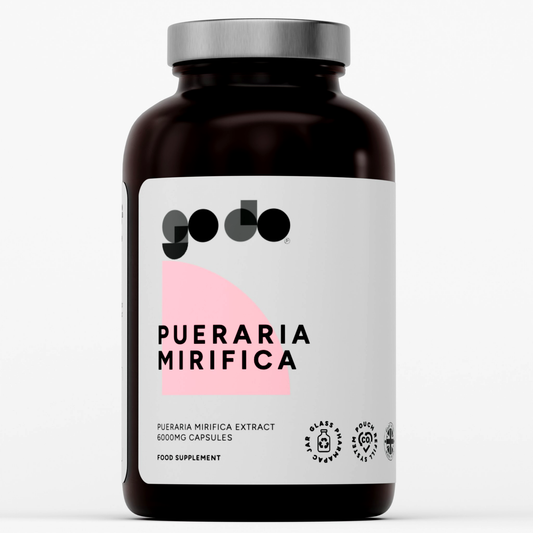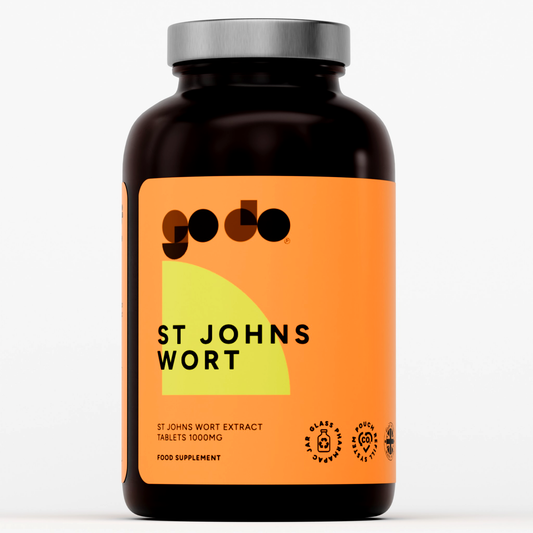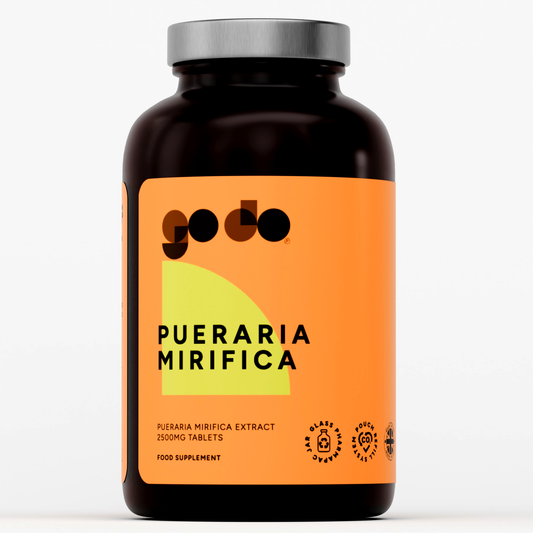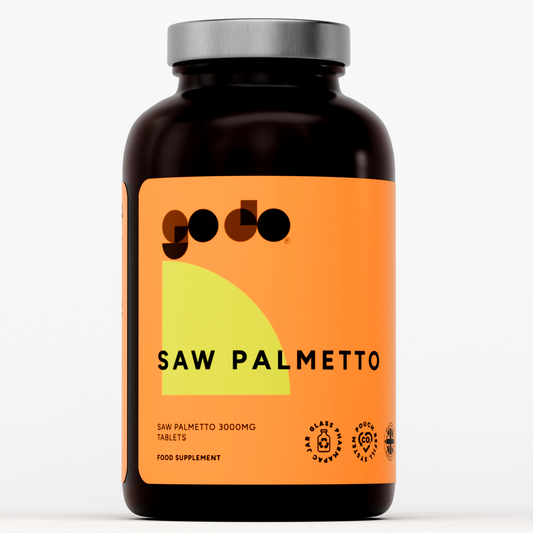Understanding Olympic Triathlon Average and Competitive Targets
Introduction to Triathlon Distances
Triathlon races vary, including sprint distance races, Olympic distance races, and Ironman races, each with unique challenges and requirements.
The Olympic distance triathlon is a popular event, consisting of a 1.5km swim, 40km bike leg, and 10km run, demanding greater endurance and stamina from athletes.
Understanding the different triathlon races and their average times helps athletes set realistic goals and training plans, whether they’re a beginner triathlete or an elite athlete. The average finish time for each race distance serves as a key benchmark for athletes to gauge their performance and expectations.
Average triathlon times, averages, and good triathlon times depend on factors like age group, course, and individual fitness level, making it essential to consider these variables when training for a triathlon.

Olympic Distance Triathlon
The Olympic distance triathlon is a premier event in the triathlon calendar, with olympic triathlons holding high prestige as elite athletes compete for the top spots and age groupers aim for personal bests.
A good Olympic triathlon time can range from under 2 hours for elite athletes—these elite times represent the fastest performances in Olympic triathlons—to around 3 hours for age groupers, depending on their fitness level and training.
Finishing time is a key metric for both elite and age group athletes, as the Olympic triathlon requires a strong swim, a fast bike leg, and a solid run, making it a challenging but rewarding event for triathletes.
Average Olympic triathlon times provide a useful benchmark for athletes, with top 20% finish times indicating a high level of competitiveness.
The Olympics gave global recognition to the Olympic triathlon distance, where top athletes set remarkable finishing times.
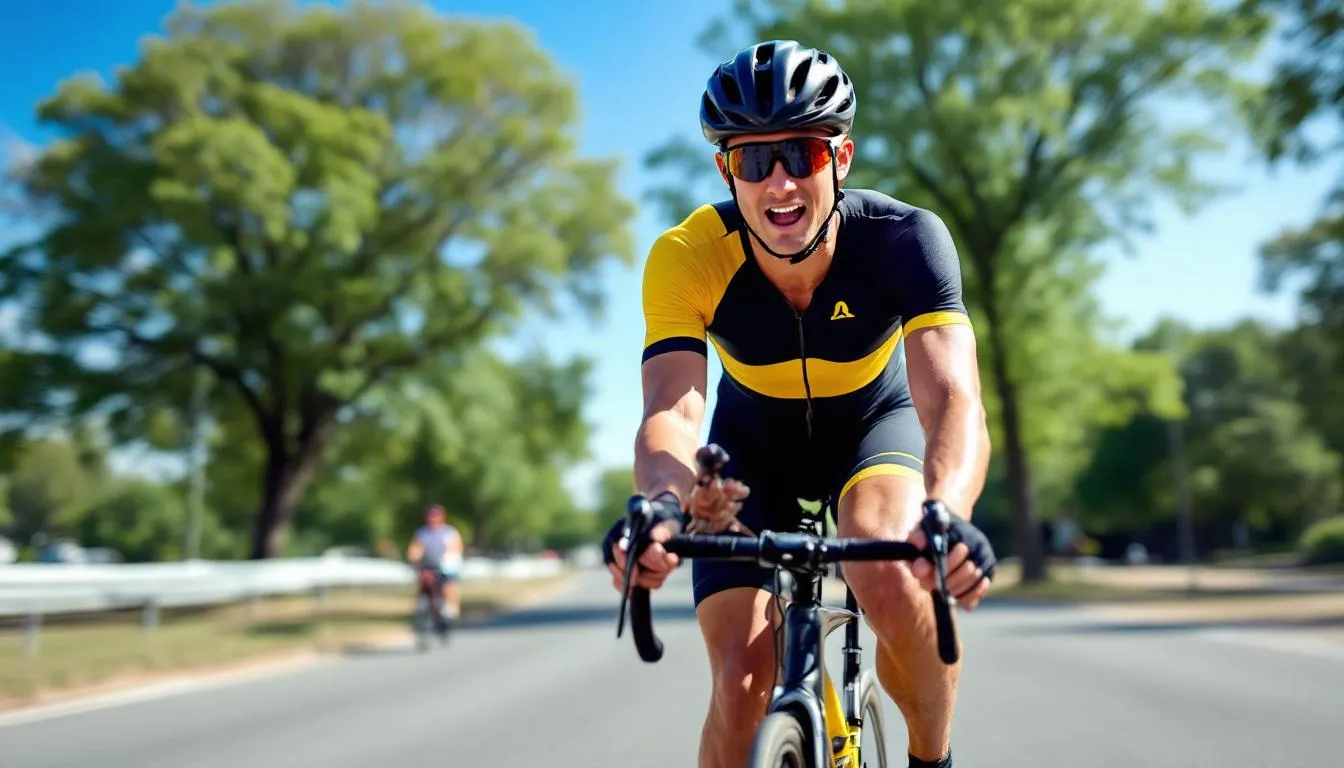
Middle-Distance Triathlons
Middle-distance triathlons, such as the Half Ironman or 70.3 distance, offer a step up from the Olympic distance, with longer distances and greater endurance requirements compared to other triathlons.
Average Half Ironman finish times can range from 5 to 7 hours, depending on the course and athlete’s fitness level, with six hours often considered a solid benchmark for many athletes. Many set their goals based on hour and half-hour increments, such as aiming for less than five and a half hours or under six hours, making it essential to train specifically for this distance.
The Ironman 70.3 is a popular event, with athletes aiming to complete the 1.9km swim, 90km bike, and 21.1km run in the fastest time possible.
Good triathlon times for middle-distance events depend on factors like age group, course, and individual fitness level, making it crucial to consider these variables when training. Making the jump from Olympic to middle-distance triathlons requires increased dedication and a more structured training approach.
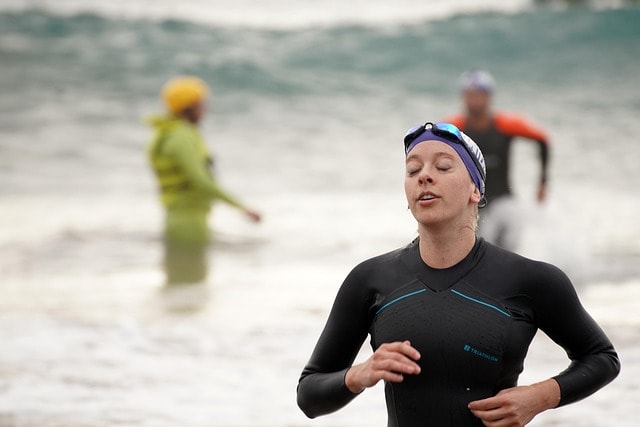
Full Distance Triathlons
Full distance triathlons, most famously represented by the Ironman, are considered the ultimate test of endurance and determination in the world of triathlon. The Ironman distance triathlon challenges athletes with a 3.8km swim, a grueling 180km bike ride, and a full marathon 42.2km run—all completed consecutively. For elite athletes, breaking the 8-hour barrier is a remarkable achievement, with Kristian Blummenfelt currently holding the record at an astonishing 7:21:12.
For most athletes, however, the average Ironman finish time is significantly longer. Age group athletes typically complete the event in 12 to 14 hours, with the average time for men around 12:34 and for women about 13:28. Achieving a good triathlon time in Ironman racing is a major accomplishment, and finishing under 12 hours is often considered a strong result for age group athletes. To place in the top 20% of their age group, men generally need to finish in under 11:03, while women need to break 11:44.
The Ironman World Championship in Kona, Hawaii, stands as the most prestigious event in the sport, drawing the best triathletes from around the globe. Qualifying for this world championship requires exceptional performance, with qualification times varying by age group and event. Training for a full distance triathlon is a significant commitment, often requiring months of dedicated preparation, careful planning, and a focus on all three disciplines—swim, bike, and run. For many triathletes, simply crossing the finish line is a life-changing achievement, while others strive for personal bests and age group podiums. Whether you’re aiming for a good time, a Kona slot, or just to finish, the Ironman remains the gold standard in distance triathlon racing.
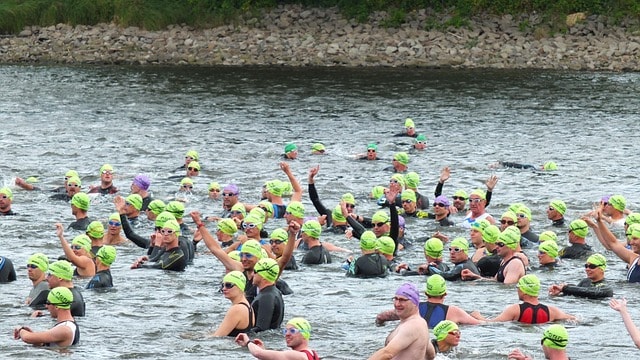
Factors Influencing Triathlon Time
Triathlon times can be influenced by various factors, including course terrain, weather conditions, and athlete’s fitness level, making it essential to consider these variables when training.
Age group and individual fitness level play a significant role in determining good triathlon times, with younger athletes and those with higher fitness levels generally performing better.
The bike leg and run course can also impact triathlon times, with athletes needing to adapt to different terrain and conditions to optimize their performance. By optimizing performance on the bike leg and run course, athletes can put themselves within striking distance of their personal best or even a podium finish.
Training and preparation are critical to achieving good triathlon times, with athletes needing to balance endurance, speed, and strength to perform at their best.
Average Times for Different Distances
Average triathlon times can vary widely depending on the distance, the course, and the experience level of the athletes. For sprint distance triathlons, which are often the entry point for many beginner triathletes, most athletes can expect to finish in about 1 to 2 hours. Age group athletes typically complete a sprint triathlon in around 1 hour and 30 minutes, while elite athletes can finish in under an hour.
Olympic distance triathlons, which are twice the distance of a sprint triathlon, generally take between 2 and 4 hours to complete. Elite athletes often break the 2-hour mark, while age groupers average closer to 3 hours. Half distance triathlons, such as the Ironman 70.3, require even greater endurance, with average finish times ranging from 4 to 6 hours. Elite athletes can finish a half distance event in under 4 hours, but most age group athletes will be closer to the 6-hour mark.
Full distance triathlons, like the Ironman, are a true test of stamina, with average finish times spanning from 10 to 17 hours. Elite athletes can complete the course in under 8 hours, but the average age group athlete will finish in about 13 hours. It’s important to note that these average times can be influenced by the specific course, weather conditions, and the level of competition at each event. Some courses, like those at Challenge Roth or Ironman Cozumel, are known for faster times, while others present more challenging conditions.
Understanding average triathlon times for various distances helps athletes set realistic goals and expectations for both training and race day. Whether you’re a beginner aiming to complete your first sprint triathlon or an experienced triathlete targeting a new personal best at the Olympic distance, knowing what to expect can help you plan your training and pacing strategy for a successful race.
Good Triathlon Times for Beginners
For first timers, the main goal is often to complete the race, build confidence, and achieve the milestone of finishing within the cutoff times. The super sprint is an accessible entry-level race for beginners, offering the shortest triathlon distances and a fast, approachable introduction to the sport.
Good triathlon times for beginners depend on the distance and individual fitness level, with slower times expected for those new to the sport.
Beginner triathletes should aim to complete their first triathlon in a time that allows them to finish safely and enjoy the experience, rather than focusing solely on speed.
As athletes gain experience and fitness, they can aim to improve their triathlon times and compete at higher levels, such as age group or elite levels.
It's worth noting that beginner triathlon times can vary widely based on course conditions, age, and gender.
Good triathlon times for beginners can range from 1.5 to 3 hours for sprint distance triathlons, 3 to 5 hours for Olympic distance triathlons, and 6 to 12 hours for middle-distance triathlons, and a woman may have different average times and expectations compared to men, especially for female beginners.
Competitive Targets for Triathlons
Competitive targets for triathlons vary depending on the distance, age groups, and individual fitness level, with comparing average finish times across different age groups helping athletes assess their competitiveness and set realistic goals.
Elite athletes aim to finish at the top of their age group or overall, while age groupers aim to finish in the top 10% or 20% of their age group.
Good triathlon times for competitive athletes depend on factors like course, weather conditions, and individual fitness level, making it essential to consider these variables when training.
Athletes can use average triathlon times and good triathlon times as benchmarks to set realistic goals and training plans, whether they’re competing at the elite or age group level.
Distance and Performance
- Distance and performance are closely linked in triathlon, with longer distances requiring greater endurance and stamina.
- Athletes need to adapt their training and racing strategies to optimize their performance across different distances, from sprint distance triathlons to full distance Ironman events.
- The bike leg and run course can also impact performance, with athletes needing to adapt to different terrain and conditions to optimize their speed and endurance.
- Good triathlon times depend on a combination of endurance, speed, and strength, making it essential for athletes to balance these components in their training and racing.






